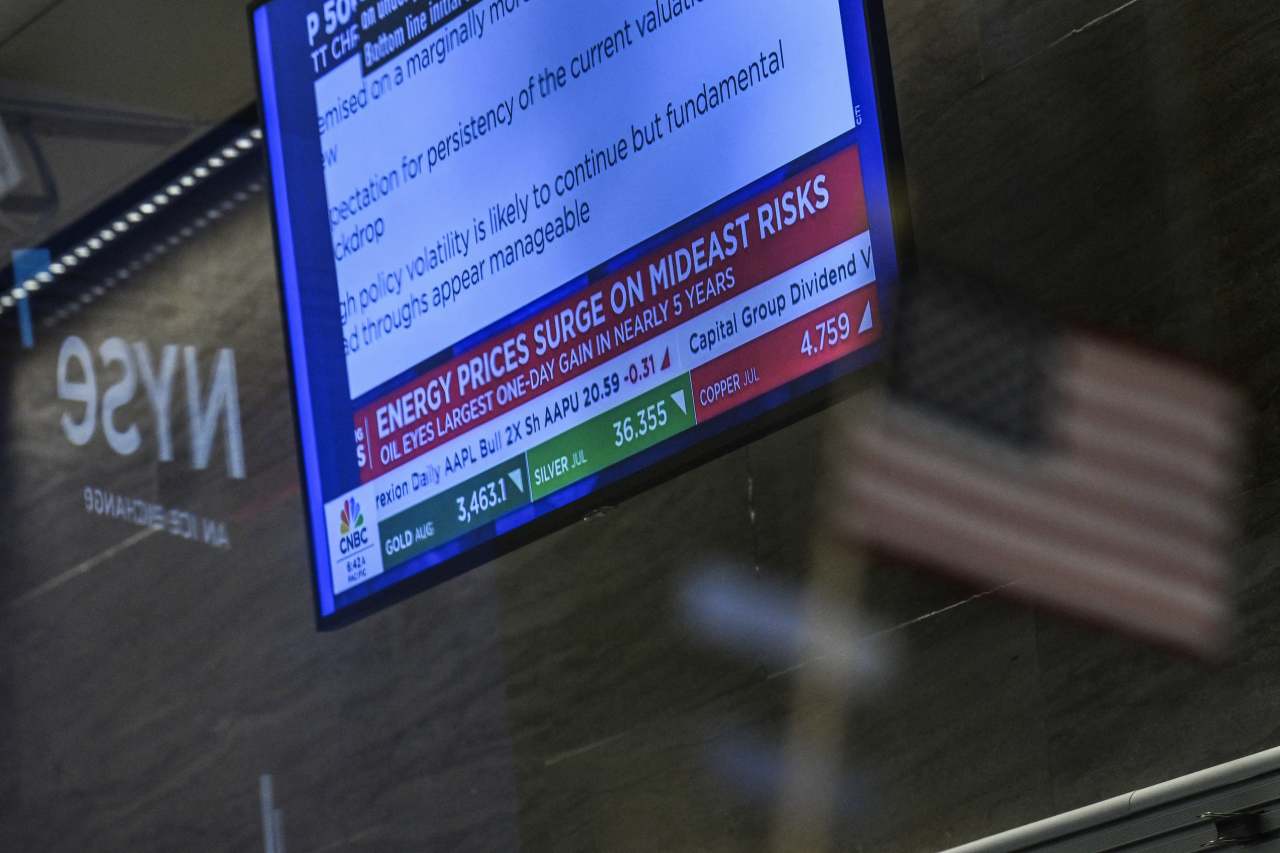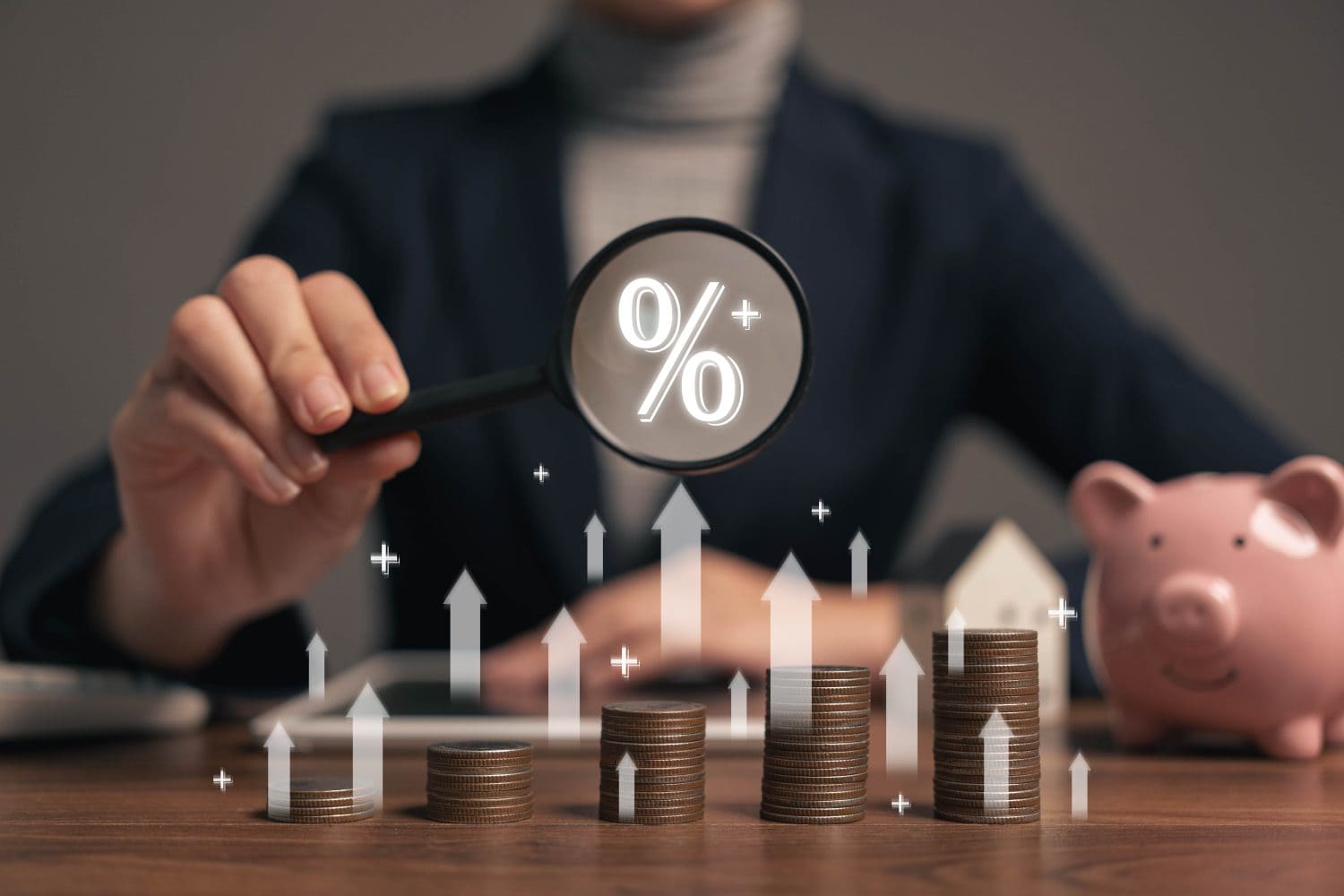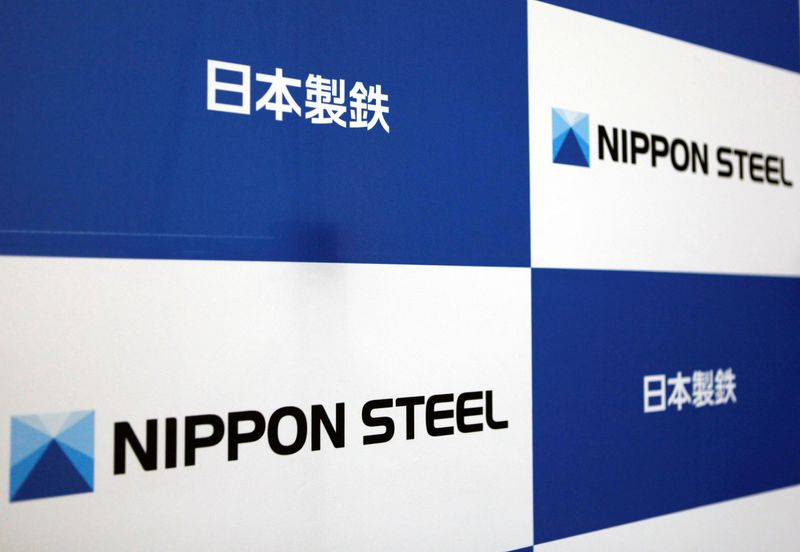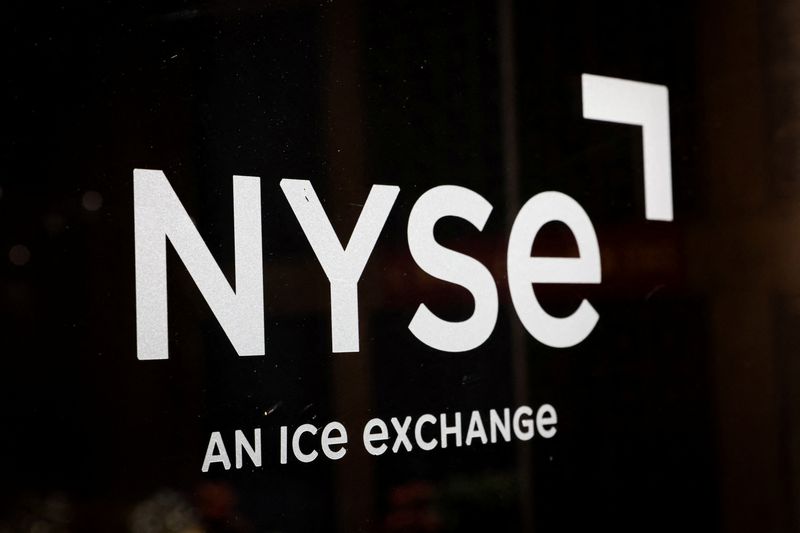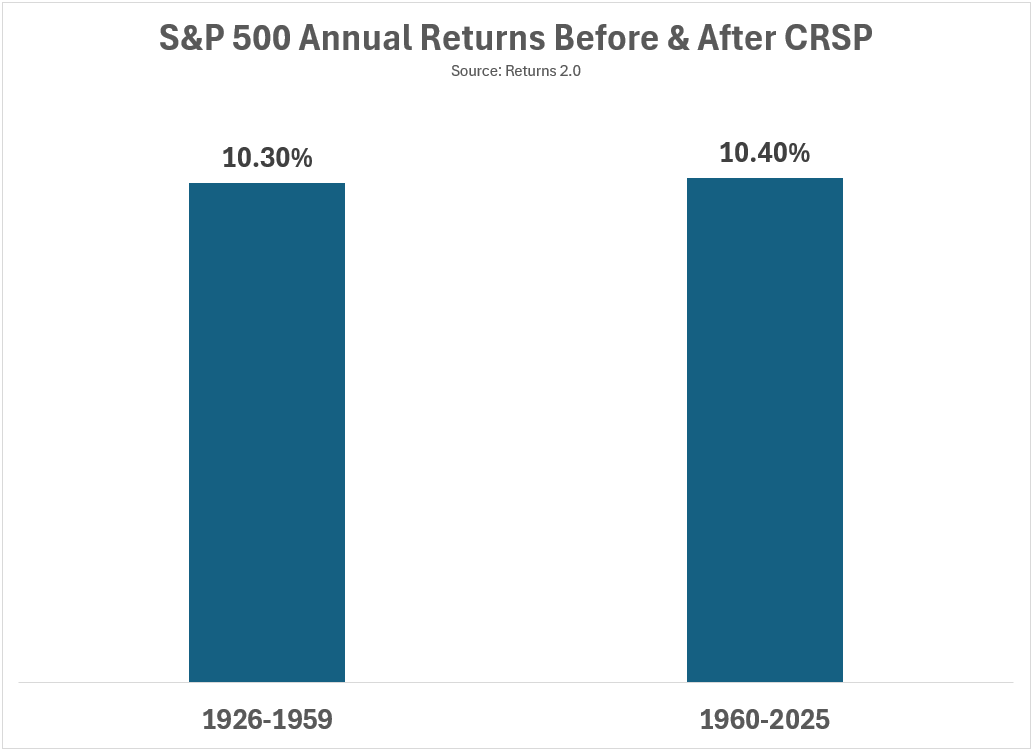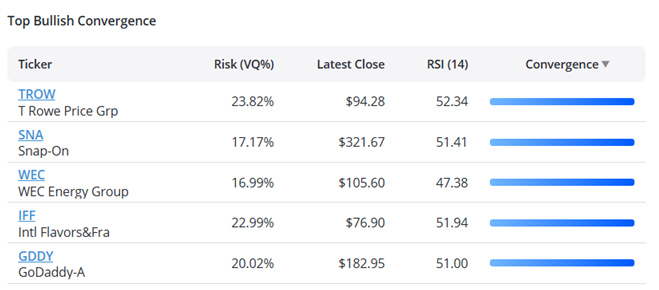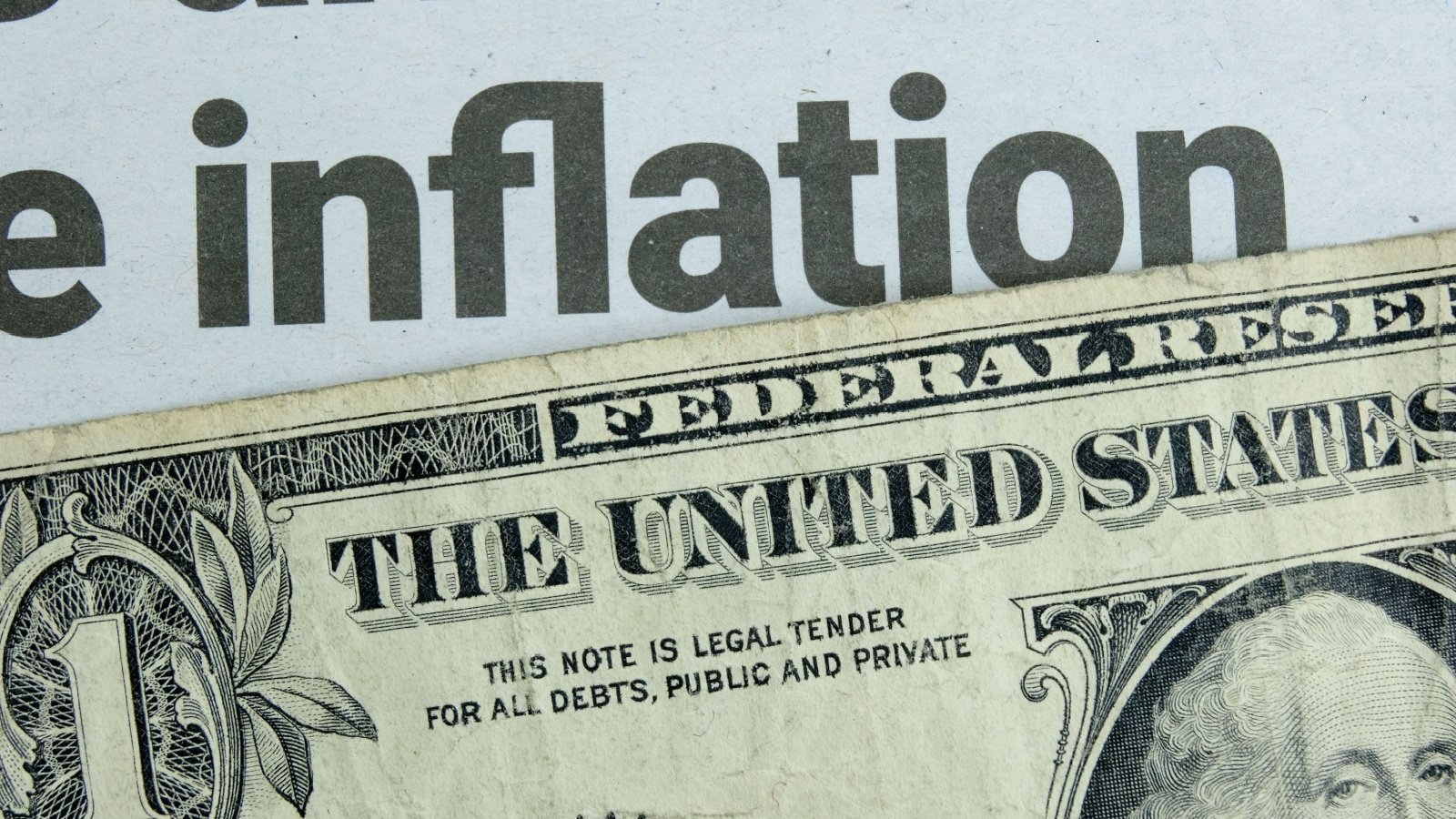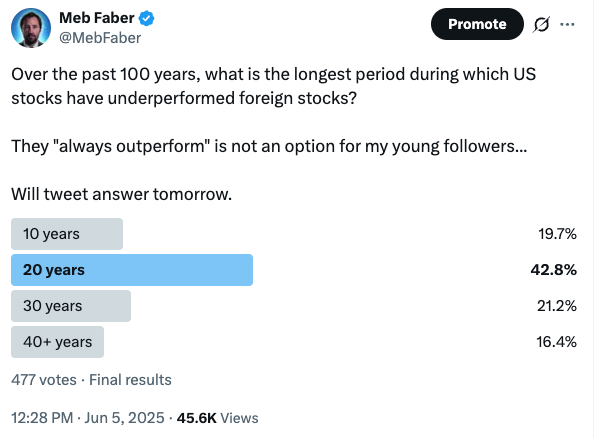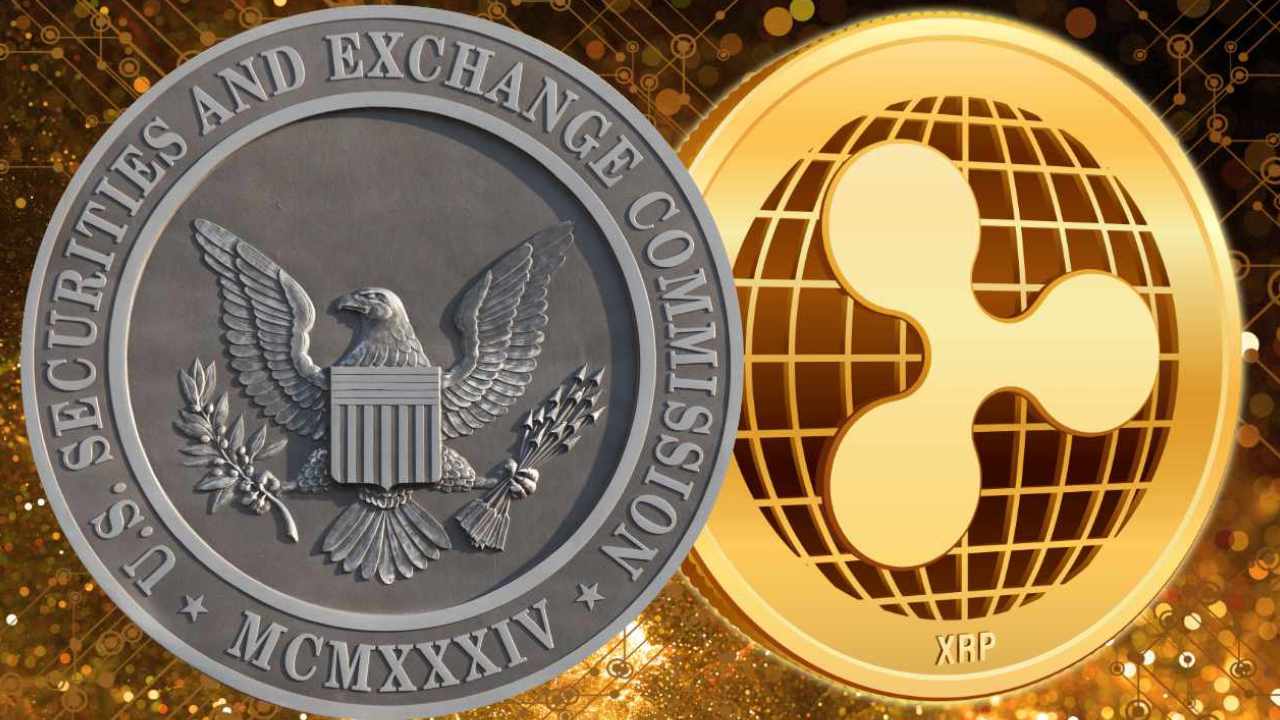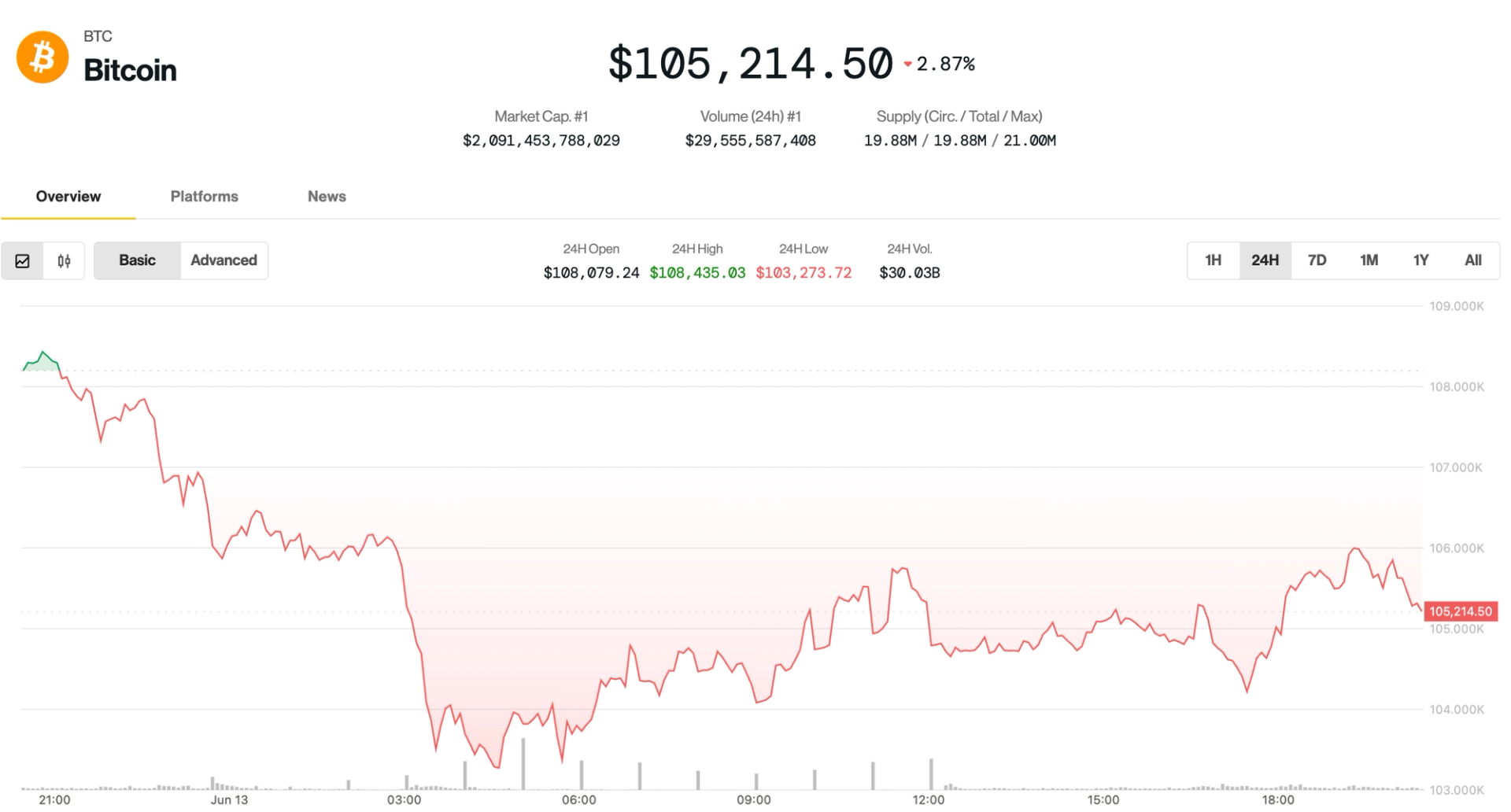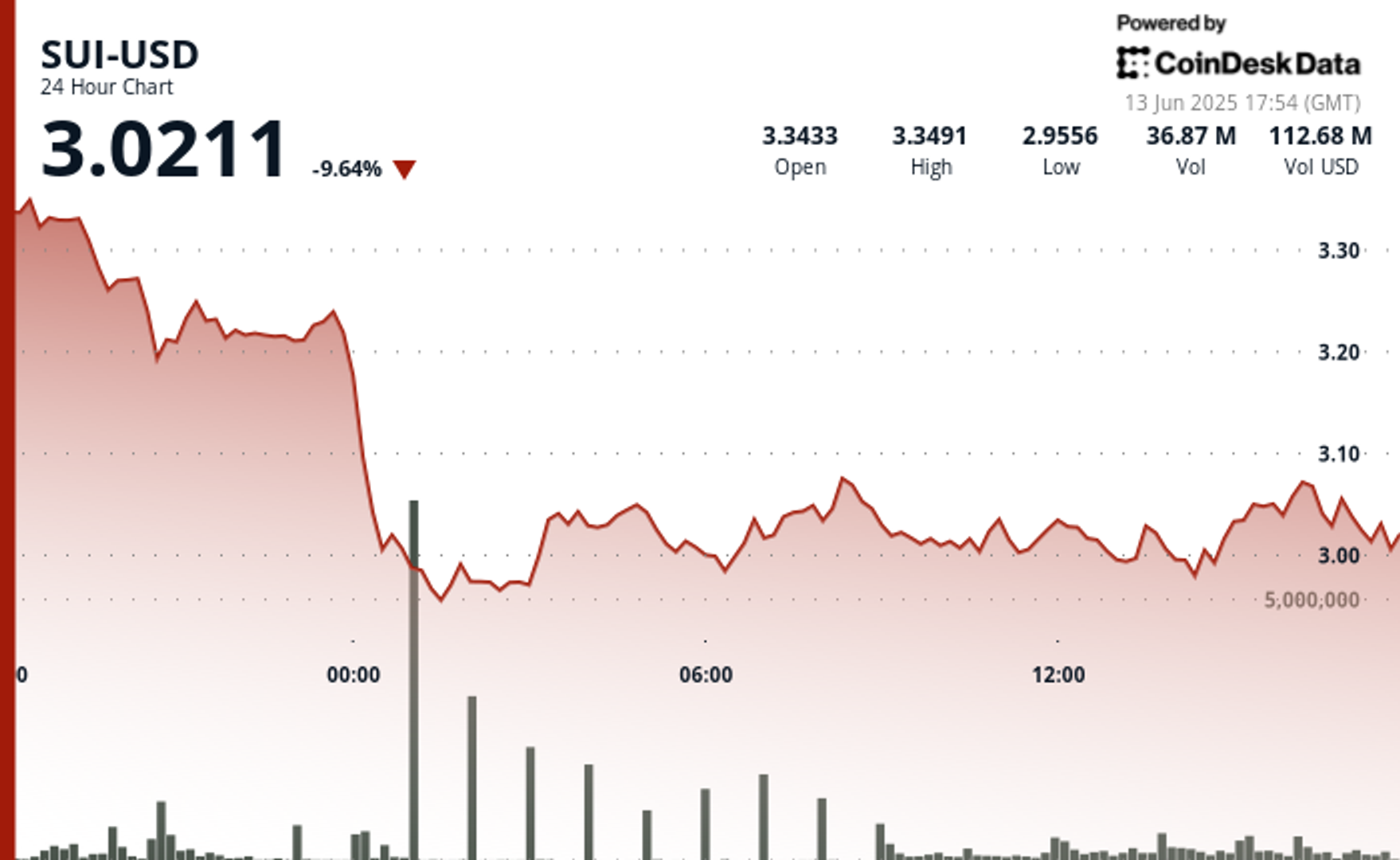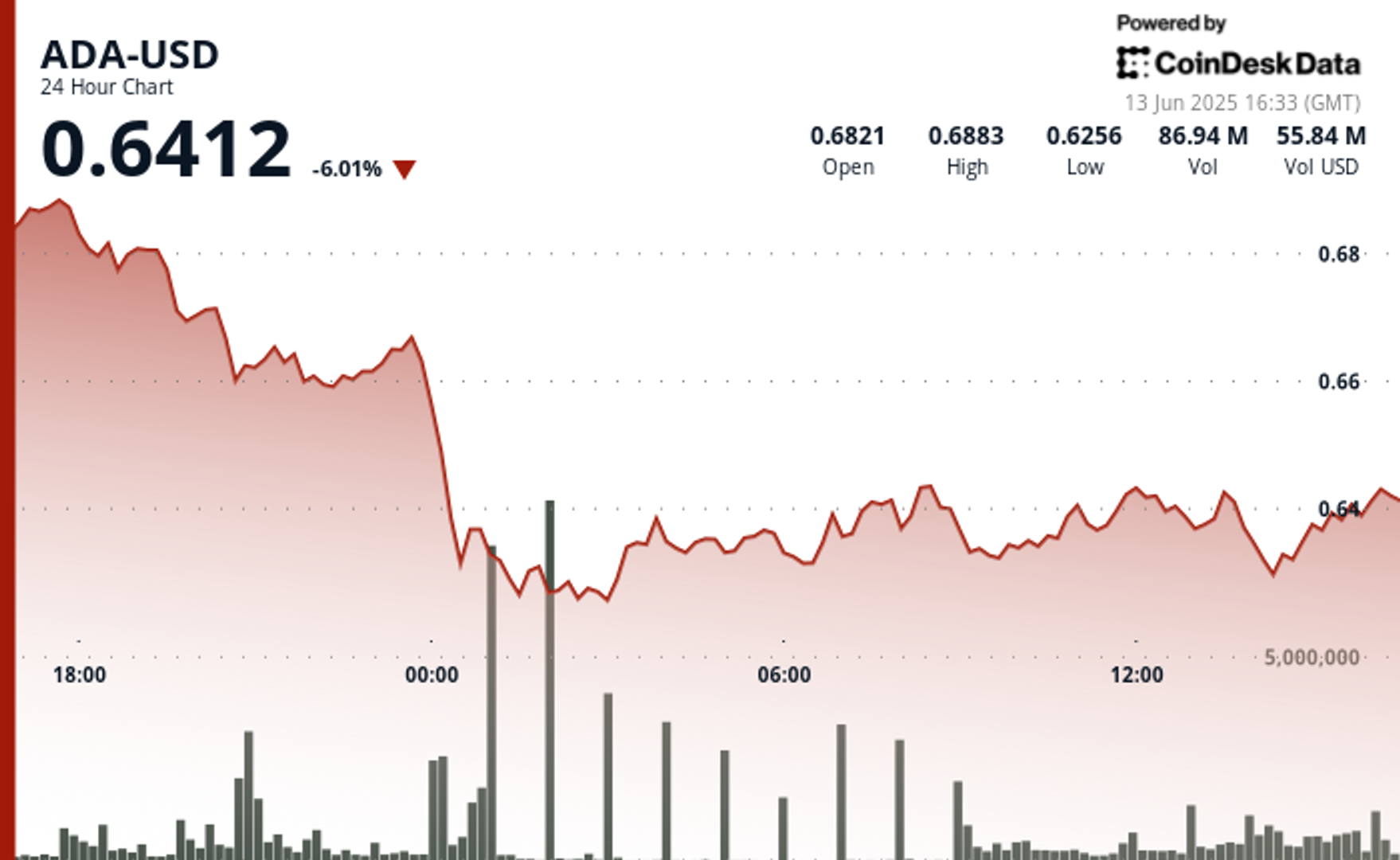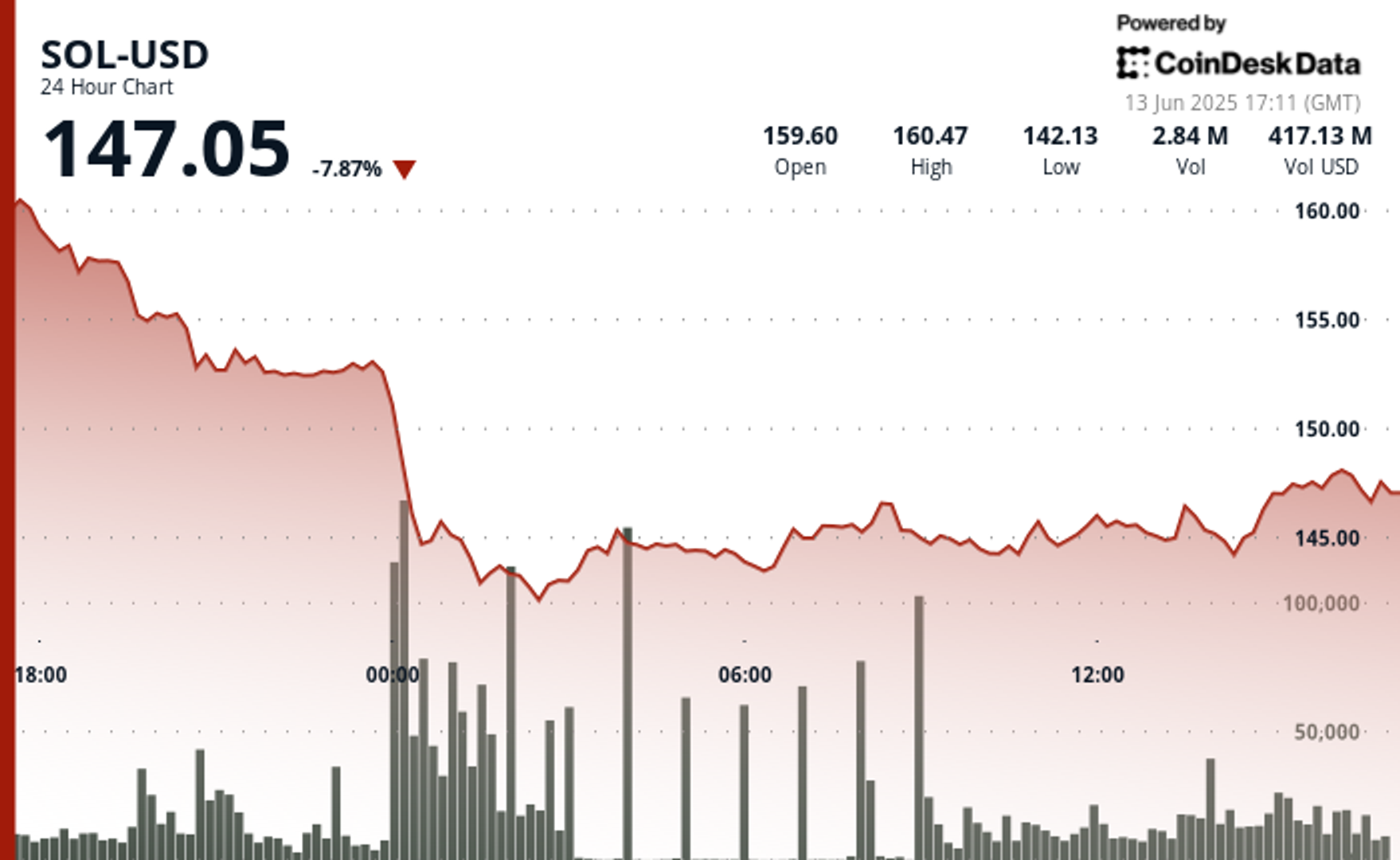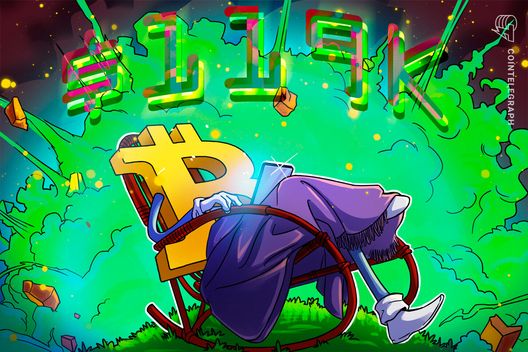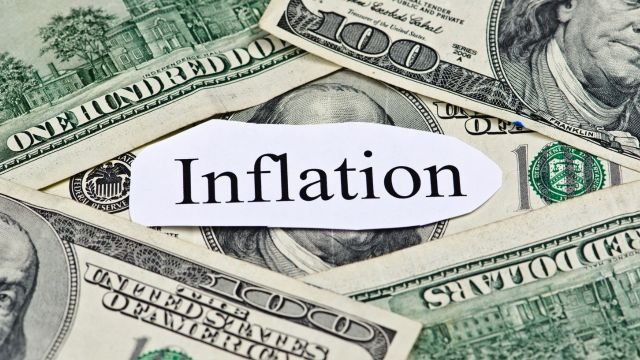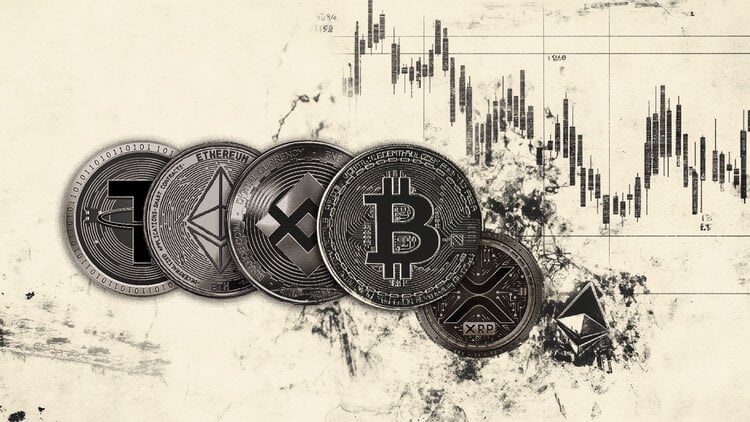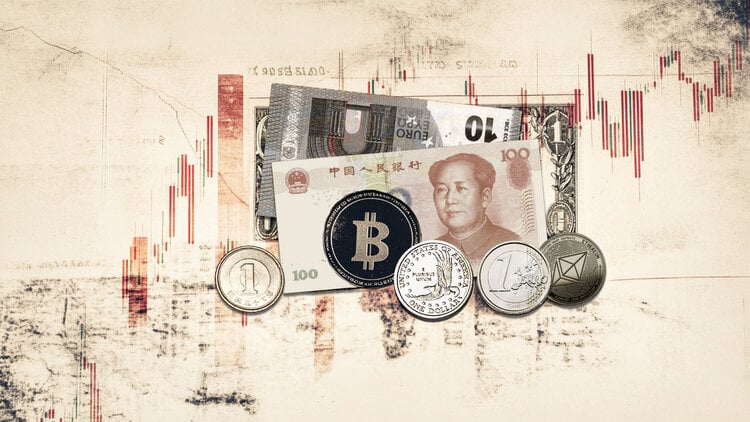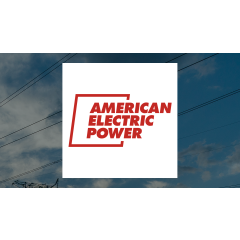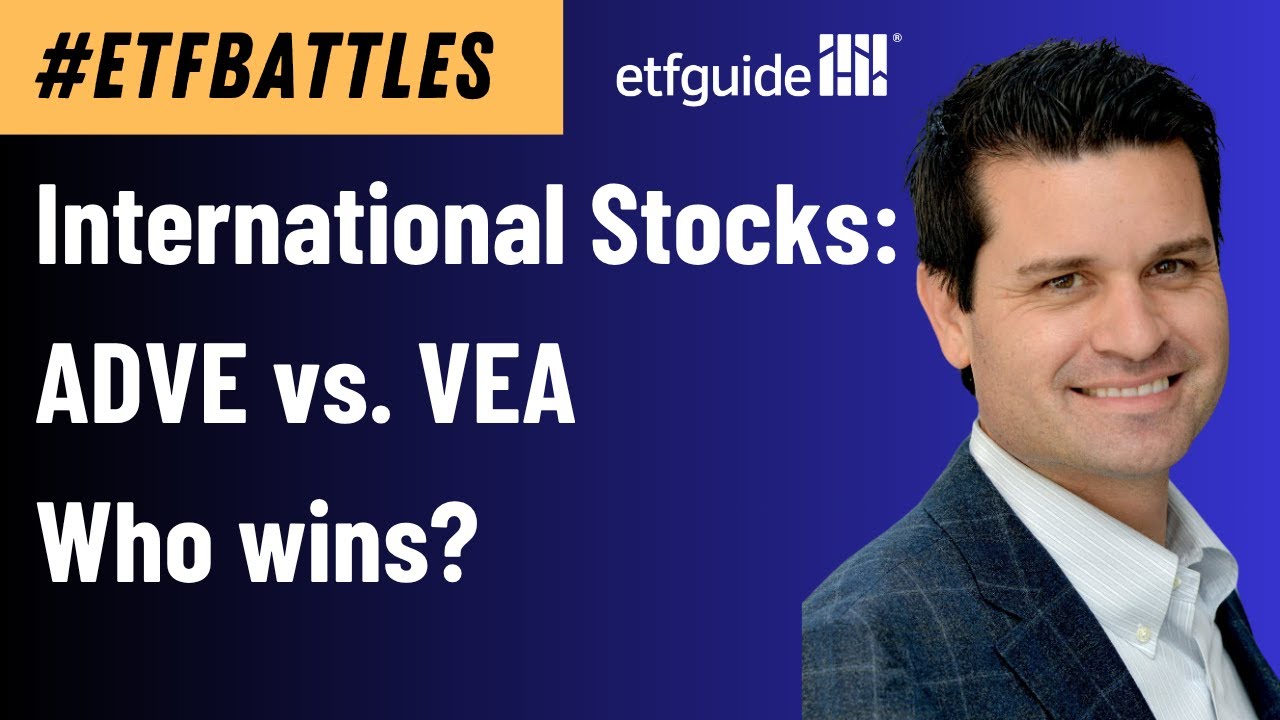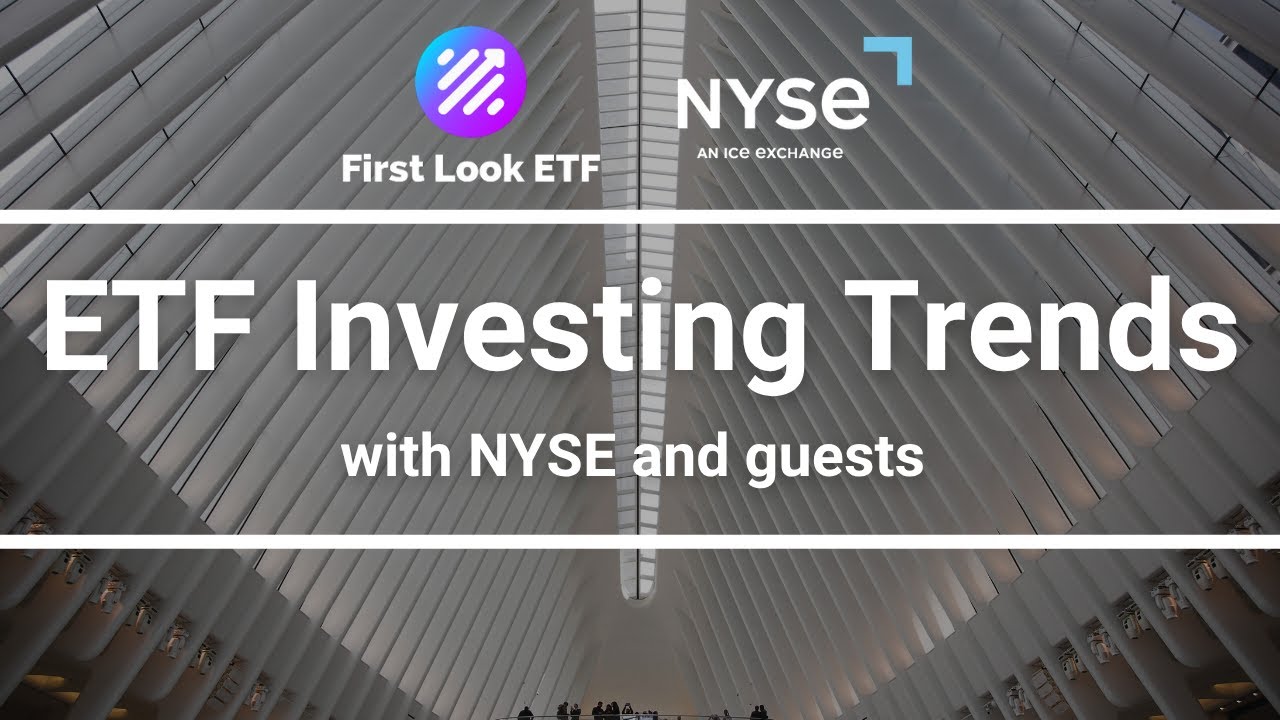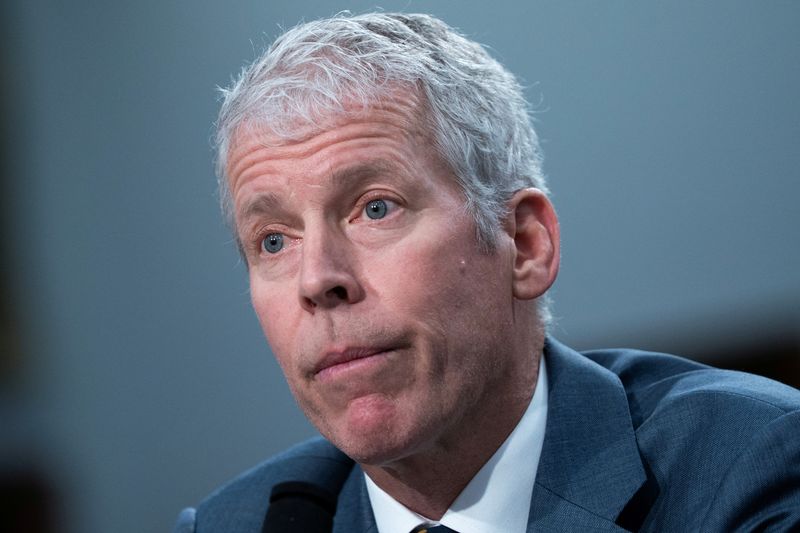Why I’m Considering SCHD ETF for Dividends – What Am I Missing?
The Schwab U.S. Dividend Equity ETF (NYSEARCA:SCHD) is one of the most popular ETFs for a reason: it’s a low-cost, well-diversified basket of blue chips with a far more generous yield (currently just shy of 4%) than the S&P 500 (just over 1%). For passive investors, it’s a fantastic one-stop shop sort of solution that […] The post Why I’m Considering SCHD ETF for Dividends – What Am I Missing? appeared first on 24/7 Wall St..

The Schwab U.S. Dividend Equity ETF (NYSEARCA:SCHD) is one of the most popular ETFs for a reason: it’s a low-cost, well-diversified basket of blue chips with a far more generous yield (currently just shy of 4%) than the S&P 500 (just over 1%). For passive investors, it’s a fantastic one-stop shop sort of solution that one can stick by, rather than complicating things by chasing individual names with yields on the extremely high end.
In this piece, we’ll look into a question posed by an individual dividend investor who’s a big fan of the SCHD. They’re wondering if it’s all right to just put all of their eggs into one basket (the SCHD) or if there are any bases they’re not covering by owning the single ETF. Undoubtedly, putting all of your eggs in one basket is never a good idea unless, of course, the basket is an ETF comprised of eggs already diversified across numerous baskets.
Key Points
-
The SCHD is a fantastic ETF to build the core of your portfolio around.
-
For some, it’s fine to keep loading up on the SCHD. For others, who seek more yield or growth, they may wander beyond the top-tier 4%-yielding ETF.
-
Are you ahead, or behind on retirement? SmartAsset’s free tool can match you with a financial advisor in minutes to help you answer that today. Each advisor has been carefully vetted, and must act in your best interests. Don’t waste another minute; get started by clicking here.(Sponsor)
Why not stop at just owning the SCHD?
With a well-diversified mix (some would argue the SCHD is better diversified than the S&P 500, given the latter’s heavy weighting towards the Magnificent Seven tech companies) of stocks and a slightly lower beta than the S&P 500, I have no issue with stopping at the SCHD. At the same time, I don’t think there’s any harm in exploring investments beyond the SCHD to bolster your portfolio’s core. Indeed, the SCHD can be a bedrock to any passive portfolio. But if you’re looking to tilt the yield slightly above the 4% mark, there are options out there that can act as a nice “supporting cast” of sorts.
In recent years, covered call ETFs, which supercharged yields (some of which are close to the 10% level), have been booming. Amid intense volatility experienced earlier in the year, the premium generated from the writing of covered calls has been that much sweeter. And while volatility has calmed of late, I still view covered call ETFs (even with smaller yields) as worthy supplements to a SCHD-anchored income portfolio.
The pursuit of higher yields
Some investors like to give their SCHD-heavy portfolio a bit of a yield boost by adding a sprinkle of the JPMorgan Equity Premium Income ETF (NYSEARCA:JEPI), which currently sports a yield of around 8%. I have no issue with this, especially for income investors out there who are looking to average a portfolio yield closer to 5% or even 6%.
Of course, by going for more yield, you’ll likely trade off some capital appreciation, which, depending on who you ask, may not be a good one to make. For investors who are retired and need a slight raise to keep up with inflation, I’m not against pursuing a specialty income ETF or a higher-yielding individual name like Verizon (NYSE:VZ), which yields 6.2%.
But investors should be wary of the ultra-high-yielders of companies that are under pressure because dividend cuts can and do happen. And when they strike, the pain could have the potential to be catastrophic. Chasing yield is dangerous, but getting an above-average yield via underrated securities (think covered call ETFs and beaten-down stocks with recovery stories) can be a great way to beef up that passive income potential.
The case for sticking with the SCHD (for the most part)
If you’re content with a 4% yield and a passive, hands-off strategy, I have no issue with continuing to buy the SCHD with every paycheck that comes your way.
The ETF is a fine alternative to the S&P 500, and, in many ways, it may be a better bet for the income-oriented investor who wants more exposure to value rather than growth. I find that many folks who wander beyond the SCHD are in search of either higher capital gains potential or yield. At the end of the day, the SCHD is a get-rich-slowly type of investment that may or may not be all one will need.
The post Why I’m Considering SCHD ETF for Dividends – What Am I Missing? appeared first on 24/7 Wall St..




















